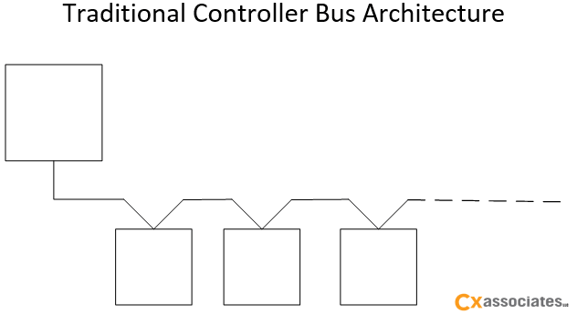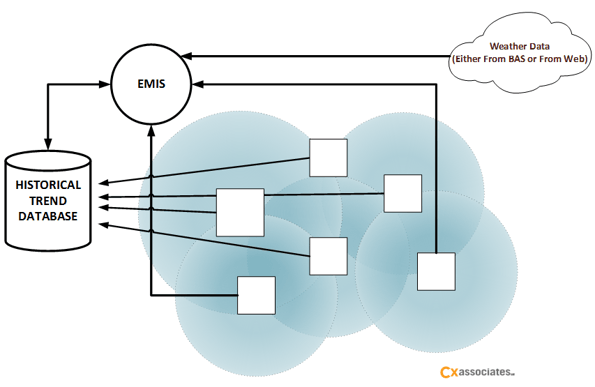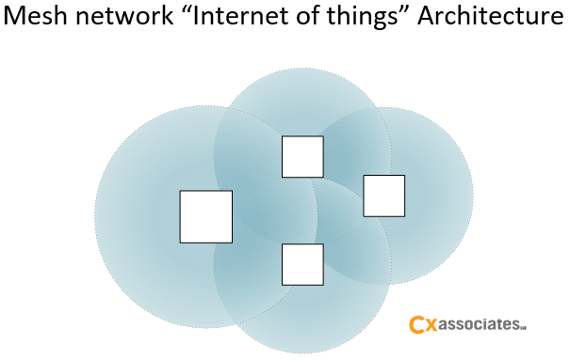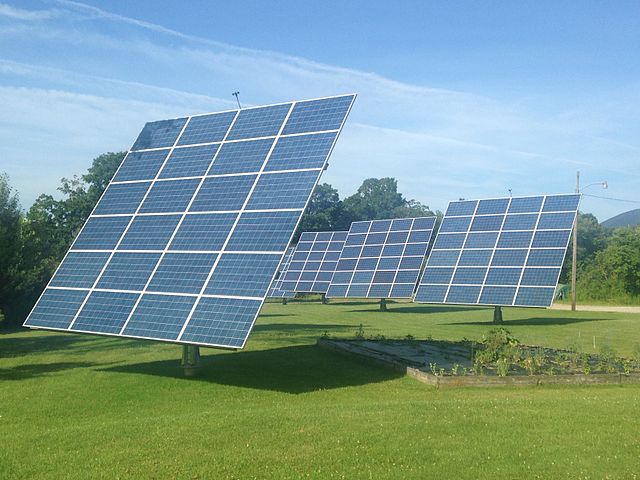My whole life I’ve been a computer geek. Ever since I got my first TI-99/4 I started realizing that computers were a blank canvas of technology that I couldn’t resist drawing on. This passion carried me into Information Systems for my degree in college. In college I received an internship at a local Building Automation Systems (BAS) contractor programming HVAC systems. Through that internship I learned the value of using networked computer systems to generate actionable information, and how to automate a decision process from that information.
Evolving Organically
When I first started in the industry, the acronym I keep seeing was “SCADA” (Supervisory Control and Data Acquisition). This basically referred to any system that enabled someone to perform remote monitoring and control of another process or system. I learned it in the HVAC world, but soon realized that data centers have SCADA, and industrial applications like fabrication used the same technology. In the HVAC world, that term slowly seems to have died off to the initialisms BAS/BMS (Building Automation/Management System). These still stick with us today and are casually interchanged in conversation depending on who you talk to.
These systems, being so computer-centric, are evolving all the time. In the last five years we have seen freely programmable microcontrollers become smaller and cheaper following the paths of their bigger PC-brothers. This is causing normally unintelligent devices (such as valves and sensors) to be able to have control intelligence added to them thus bringing us into the “internet of things” age. This will inevitably lead controls to become a mesh of networked devices instead of the traditional controller bus architecture.

Information Systems Meet HVAC Control
Energy Management Information Systems (EMIS) are the future. They are something I get very excited about because of my past. They are a perfect blend of computer science, data analytics, and HVAC control. According to Lawrence Berkley National Labs they are “…broadly defined as the software, data acquisition hardware, and communication systems used to store, analyze, and display building energy data. EMIS often include analysis methods such as baselining, benchmarking, utility and carbon tracking, load profiling, and energy anomaly detection.”[1]
These systems can be programed to provide monitoring based commissioning (MBCx) to any modern BAS. They often layer on top of or integrate into an existing BAS and reach into that system’s trending database as well as look at its current values to perform some analytical functions. One result of this integration can be advance fault detection allowing operators to detect when physical equipment is about to fail instead of detecting a failure after it occurs. Their other primary function is to use weather data and system data to determine what normal operating energy consumption is for a building given different weather conditions (as weather can cause a building to increase or decrease energy consumption based on the quality of a buildings construction). Then, when the building’s energy consumption deviates from that baseline (usually established through analyzing the BAS trend database) it can provide an indication to the building’s operators that something might be wrong with a particular system.
This software allows a constant look into a building as if there were a person monitoring the building’s energy consumption or other problems 24/7.

We now have this software looking into smart devices that may not have been part of the original BAS, normalizing their information against weather patterns to make sense of the data and make it actionable for Energy Managers or consulting engineers to develop plans so that energy consumption can be reduced and payback periods improved.
Correlation Does Not Equal Causation
This sounds great right? Well the proof will be in the pudding. This is not entirely an out-of-the-box solution. It does not plug and play. For it to work for building owners who want their buildings to become more efficient whether for a smaller carbon footprint or a smaller operating expense, it needs to be deployed intelligently and correctly. This generally requires some engineering ahead of time to review a building’s current systems, and identifying any obvious problems before committing to this software. Then it requires commissioning to make sure it was deployed and is working correctly.
Fortunately, there is a campaign on the horizon designed to connect building owners to resources in their area for implementing an EMIS correctly. The Smart Energy Analytics Campaign is a program sponsored by the U.S. Department of Energy that supports and recognizes the use of a wide variety of commercially-available EMIS technologies and ongoing building monitoring practices to help uncover energy-saving opportunities and improve building performance for the long run.
Through this campaign, owners, facility managers, energy managers, and operators of commercial buildings across the country will receive expert technical support and national recognition for their efforts. To learn more and join the campaign, go to https://smart-energy-analytics.org. If you would like more information on what Smart Energy Analytics and Monitoring Based Commissioning can do for you, feel free to contact us.
[1] Source: http://eis.lbl.gov/



